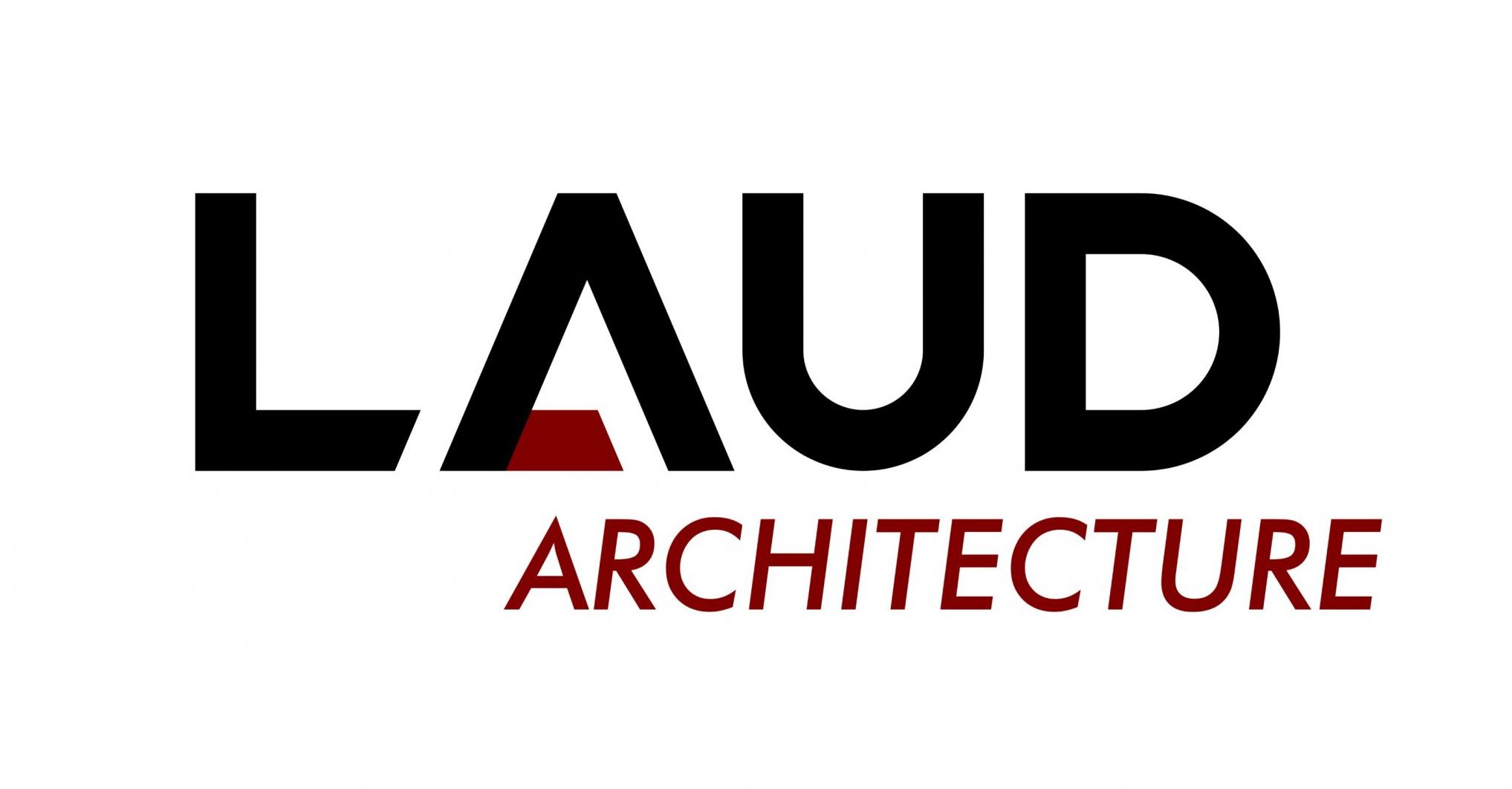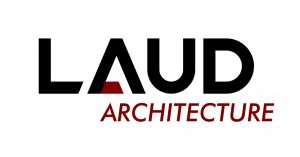This is an excerpt from my newsletter “A Better Built Environment.
Designing a Design Business,
This newsletter covers the things that I’m thinking about on a daily or weekly basis. From my frustrations with auto-centric city design, to design work that I find inspirational, or people who are doing great things, my goal is to share observations on the built environment, the practice of architecture, and ways design impacts how we live.
Lately my thoughts have been focused on how to improve upon running a design firm. What are the lessons I have learned from starting a firm, working for other people, and serving residential clients over the past 10 years? How can I start a new company that is more successful, more profitable, and most importantly, more enjoyable? What are my design values and how can I attract clients that share these values? How do I design a new business from the ground up to reflect how I want to work and what I want to work on?
I have a few general thoughts that I’m working through as I design this new business:
- Selling time is not a good way to run a business.
- It isn’t scalable – your profit is limited by how many hours you can work.
- It doesn’t value experience – if you are efficient and can get a task done in less time, you make less money.
- Hourly fees aren’t associated with value – the value you provide your clients isn’t based on how much time you spend creating a drawing, but rather value is associated with the quality of the end result.
- Hourly fees create conflict – clients don’t necessarily understand how long things take and different tasks can take significantly different time commitments to do right. It makes invoicing unpredictable and opens it up to questions and debate. Discussions about money distract from discussions about design ideas and value.
- Fixed-fees address many of these issues. It creates cost certainty for both sides. It is predictable. It rewards the designer for their experience and being efficient while it provides the client with the same value regardless of time spent.
- People understand buying products more than purchasing services. How can I make a fee structure that reflects what people are comfortable buying in other places? How can I learn from software subscriptions or how Apple sells iPhones?
- Passive revenue streams provide flexibility and freedom
- Generating revenue from products that don’t take up time, allows me to focus on the things I really want to do and be more selective on projects that I take on. This then allows me to better serve the clients I work with.
- Selling products can have a bigger impact and make design attainable to a wider market. Not everyone can afford to hire a designer – design services mostly serve the top 1%. Yet everyone can benefit from a nicely designed home. How can I package work I have done into a product and make it available for more people?
- Passive revenue can come from monetizing work you have already completed. Example: an author doesn’t sell a book once, they sell it thousands of times. Designers should do the same.
- Having a range of revenue streams makes the business more economically sustainable and resilient.
- The Power of Niche
- I’m at a point in my career where I have worked in a range of offices on a wide variety of projects. I now have a clearer understanding of what specific project types I like working on and which I’m good at designing.
- By narrowing in on a niche market it makes it easier to identify and attract better clients.
- Saying no. If the project isn’t the right fit and doesn’t reinforce my values I’m going to turn it down. If the client isn’t the right fit or doesn’t share my values, then we shouldn’t work together. If the budget isn’t appropriate or someone is trying to cut corners, that isn’t the project for me. Say no to work that you don’t want to do.
- Marketing is hard, especially when trying to set yourself apart in a very crowded and competitive design world. By focusing on core values and specific project types it allows me to target a very defined audience – to build stronger connections to a smaller reach. Now I just need to craft the story that will resonate with this audience.
- Who is my audience? People who want custom homes, vacation homes, or weekend cabins with a strong connection to nature. People who are moving out of the city, or want a weekend escape from the city. People who want to build sustainably with high-quality materials and high-performance systems. Clients who would rather do things right rather than do things fast or cheap.
Source: https://www.talkitect.com/2021/03/decoupling-revenue-from-time.html


